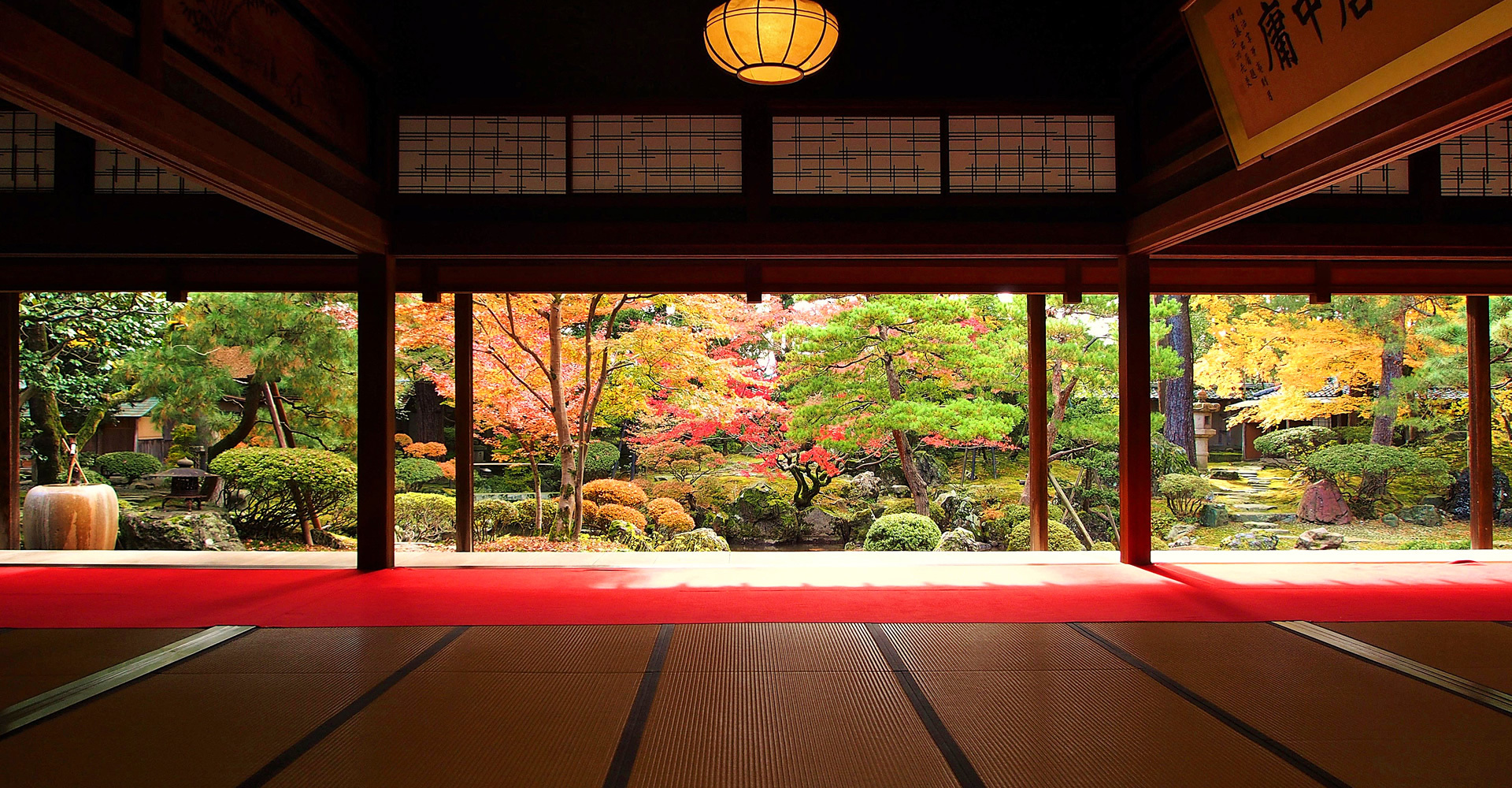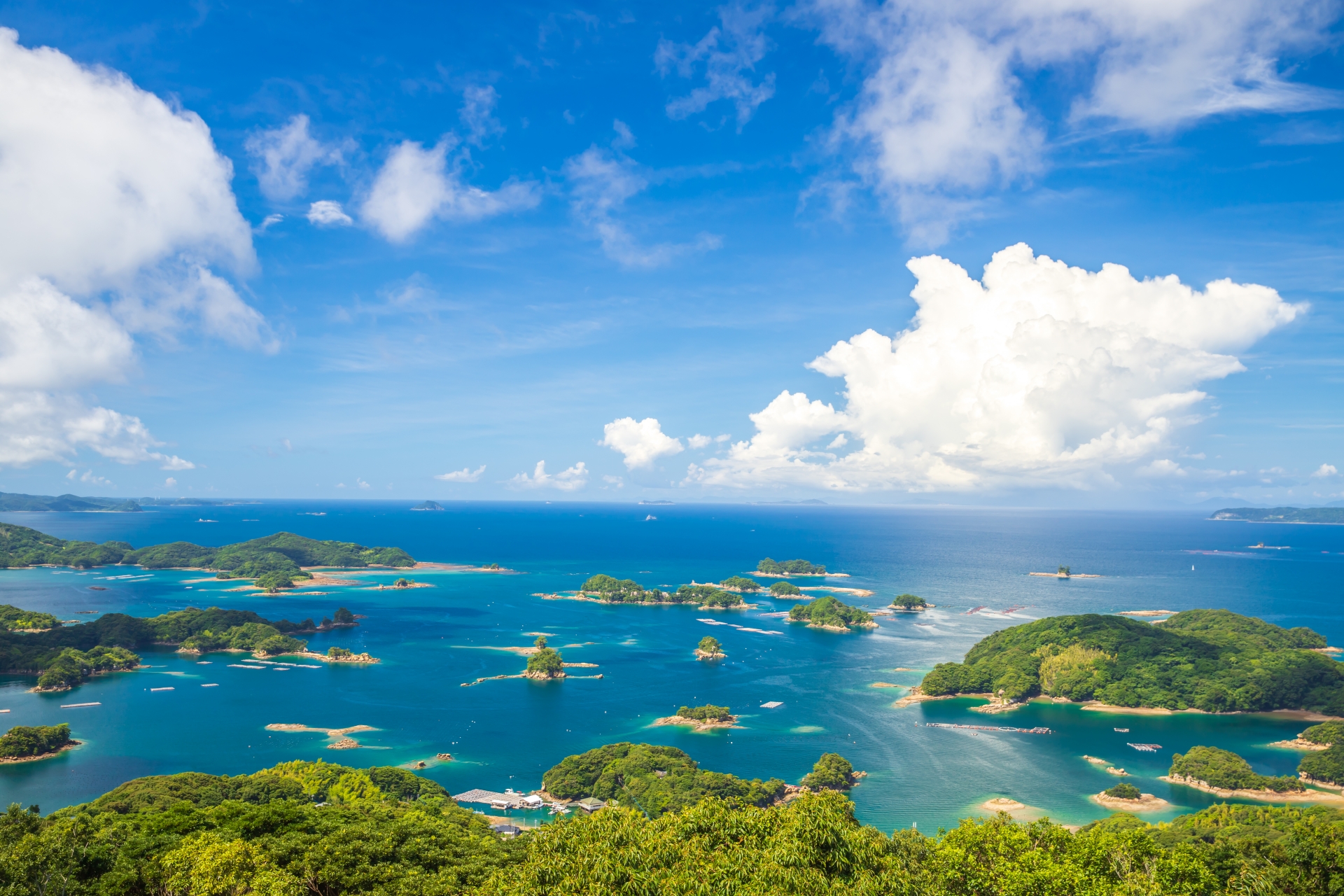The average tourist to Japan will usually hit the big tourist spots such as Tokyo, Kyoto, Osaka, and maybe Hiroshima or Kanazawa. However, most people don’t realize that Japan has so much more to offer. If you travel just a bit off the beaten path to say, Niigata Prefecture, only a 2 hour Shinkansen ride from Tokyo, you’ll find yourself surrounded by beautiful local culture and breathtaking places that most people never knew existed. Through this classy exclusive tour with a trusty guide who knows the place like the back of their hand, you can learn all about one of Niigata’s hidden gems that is the Northern Culture Museum.
About Niigata Prefecture
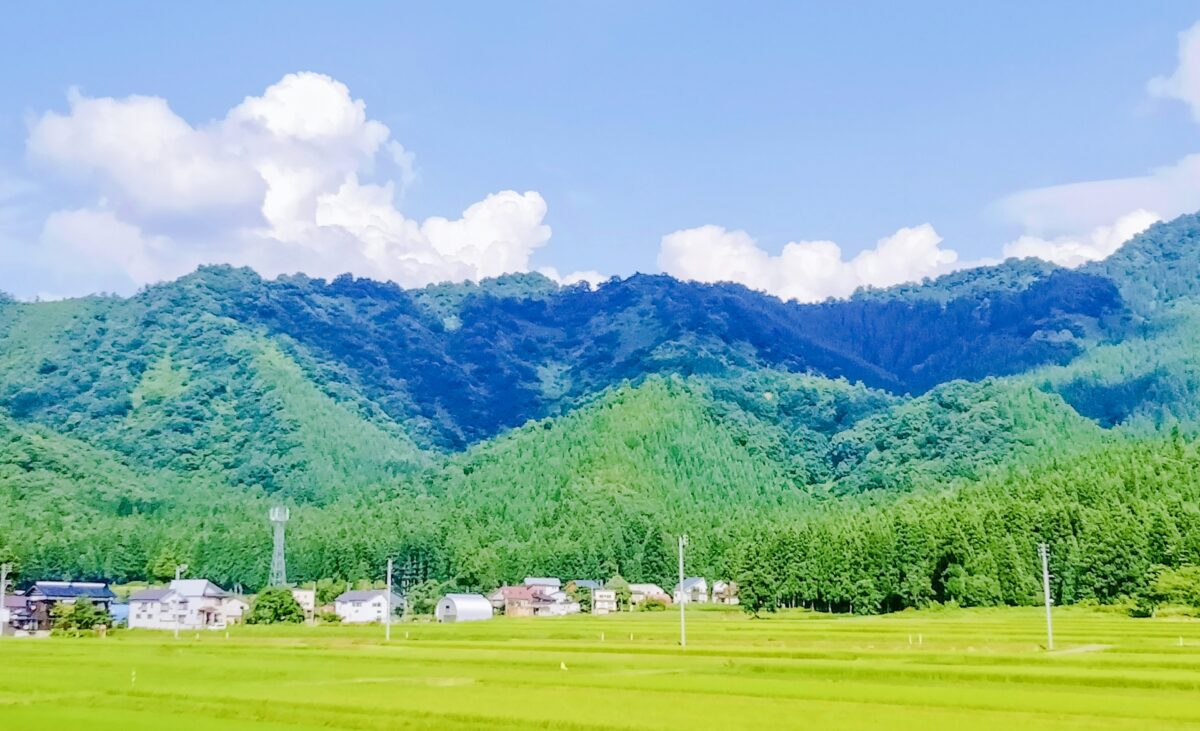
Located on the Sea of Japan side of the country just north of Nagano, Niigata is a prefecture that is known for its rice, sake(with 89 sake breweries, Niigata has the most in Japan), ski resorts and stunning nature, among other things. In Niigata you can eat delicious food all year round, and some of their local specialties are Hegi Soba (traditional Japanese buckwheat noodles wound and served in bite size portions), seafood, Noppe stew, and of course dishes made with their signature quality rice. In the winter the prefecture transforms into a winter wonderland with loads of ski resort options. In the summer, there are many nature spots to explore, beaches to hit, and some nationwide famous festivals.
What is the Northern Culture Museum?
Before getting into the details of the tour, let’s talk a little bit about the facility that you will be exploring. The Northern Culture Museum was originally the household (and actually still is) of the Ito family, whose contemporary history dates back to 1756. The Ito family started out as a farming family during the Edo period (1603-1868), and over time slowly expanded and obtained more and more land and fortune. The 5th head of the household constructed what is now the current standing facility, which was made meticulously with materials from Aizu, Yamagata, and Akita. It was officially completed in 1889 after about 8 years of work, and is still a valuable masterpiece to this day. The land that the museum sits on is 29,200 square meters and there are a total of 65 rooms with over 6,000 antiques throughout.
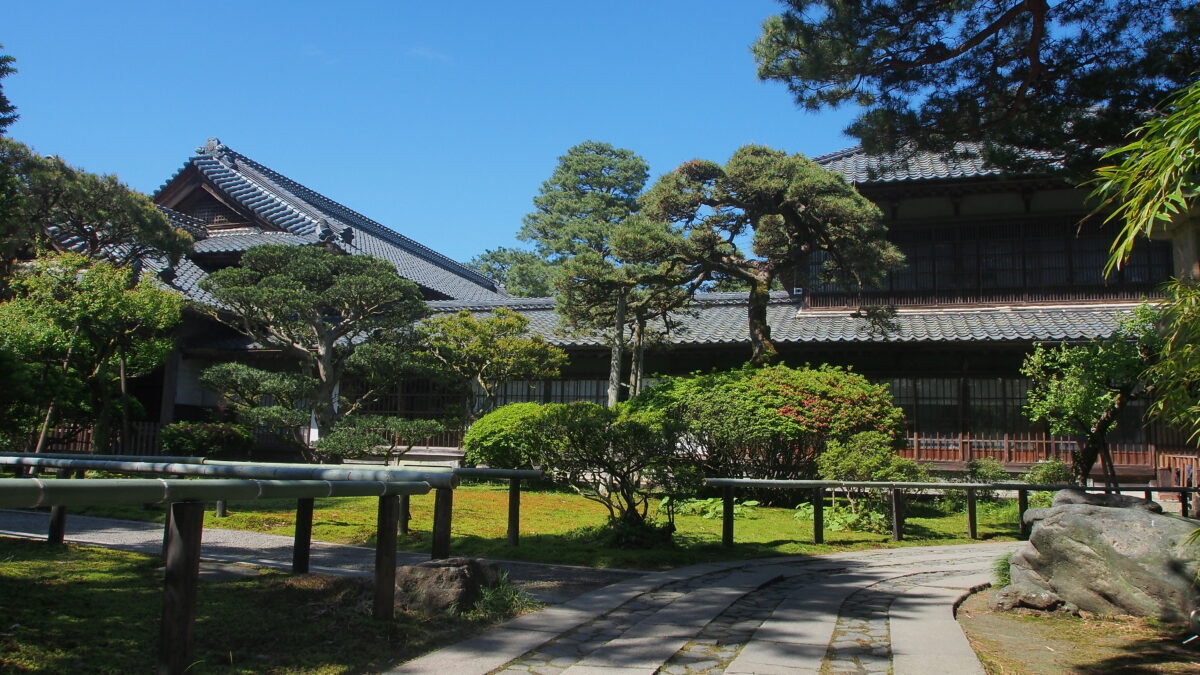
Japan was a significantly devastated country post WWII, with many of its big cities and areas having been destroyed in the bombings during the war. For that reason, it wasn’t easy to continue the landowner lifestyle of pre-war times. So, the 7th head of the household decided he wanted to preserve and leave behind an important piece of Japanese history, and therefore went in the direction of turning the household into a private museum for the sake of the people of Japan. This was not an easy task, and wouldn’t have been possible without the help of an American man of the Occupation Forces named Ralph Wright who ended up getting along very well with the 7th head of the house (they coincidentally were both alumni of the University of Pennsylvania).
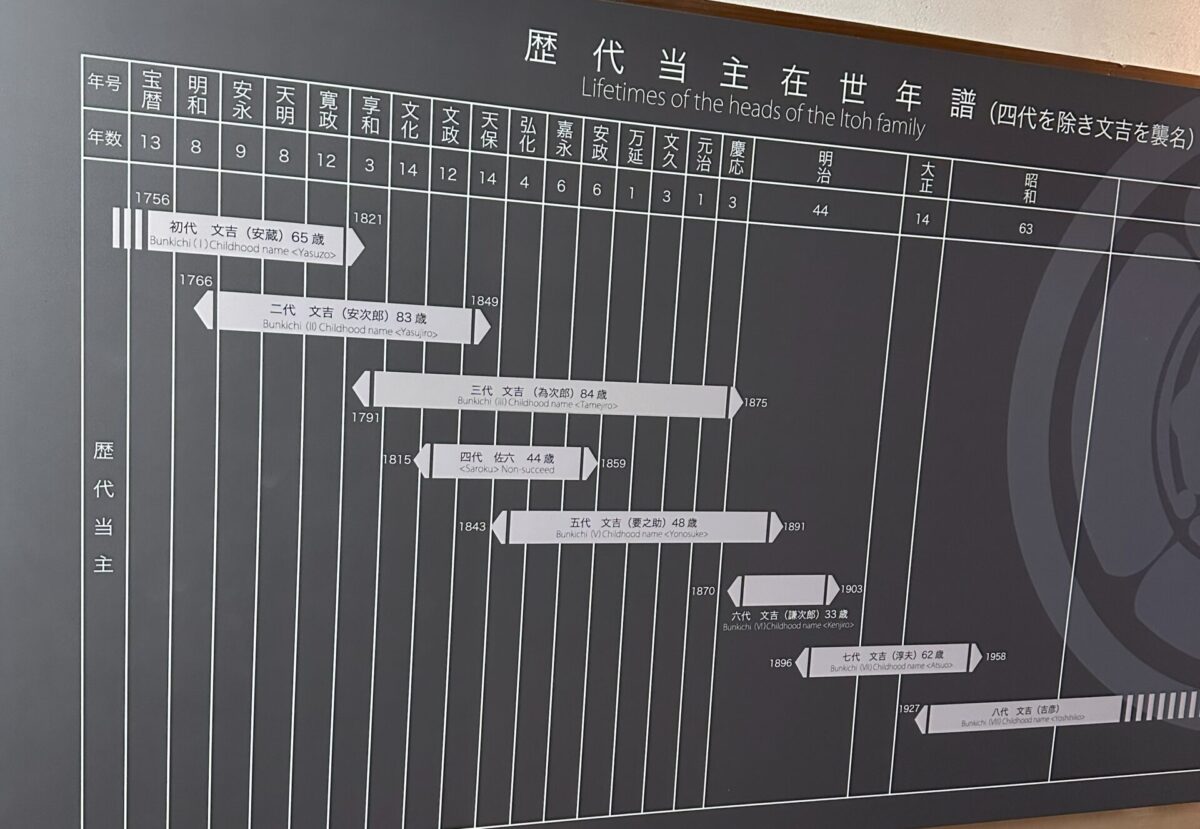
The 8th head of the house devoted all of his time and energy to help in the promotion of Niigata prefecture and the museum itself. As a place of cultural exchange, he entertained many famous figures at the museum including the Kennedy’s, members of the imperial family, and even those from the G8 Summit Labor Ministers Meeting in 2008.
Tour Highlights
Now that you know a little about the amazing history behind this museum and the people who made it the place that it is today, let’s dive into everything that you will be able to see and experience on the tour.
Explore the Museum with Mr. Sato
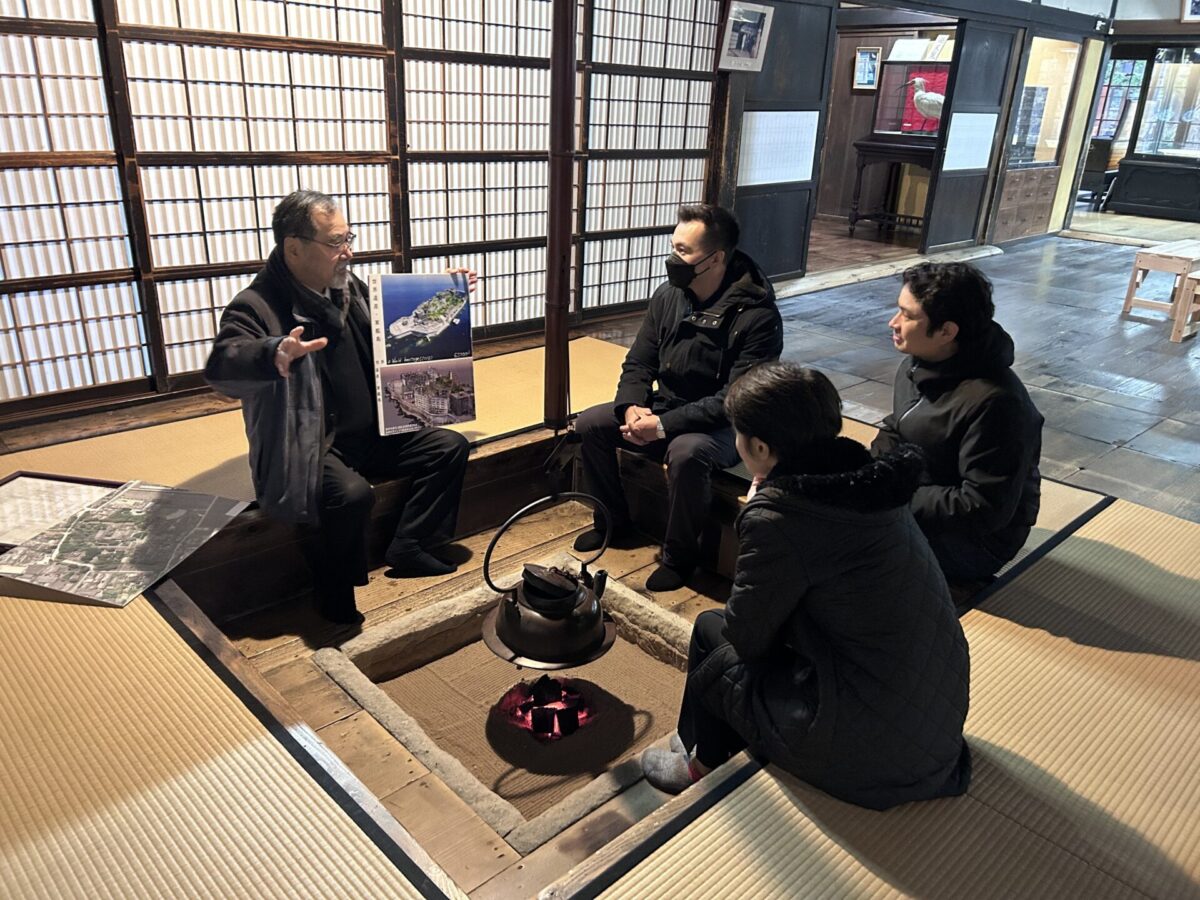
After making your way to Niigata Station (accessible by shinkansen), you will take about a 20-30 minute taxi to the Northern Culture Museum. This is where you will meet your guide, Mr. Sato, who has worked at the museum for over 50 years and was very close to the 8th and final head of the house, making him the best tour guide for the job. He is an expert on the museum and will let you in on all of the secrets and little known facts about it, and even throw in some of his own jokes to keep things interesting. Once you pull up to the museum, it’s as if you have traveled back in time a couple hundred years.

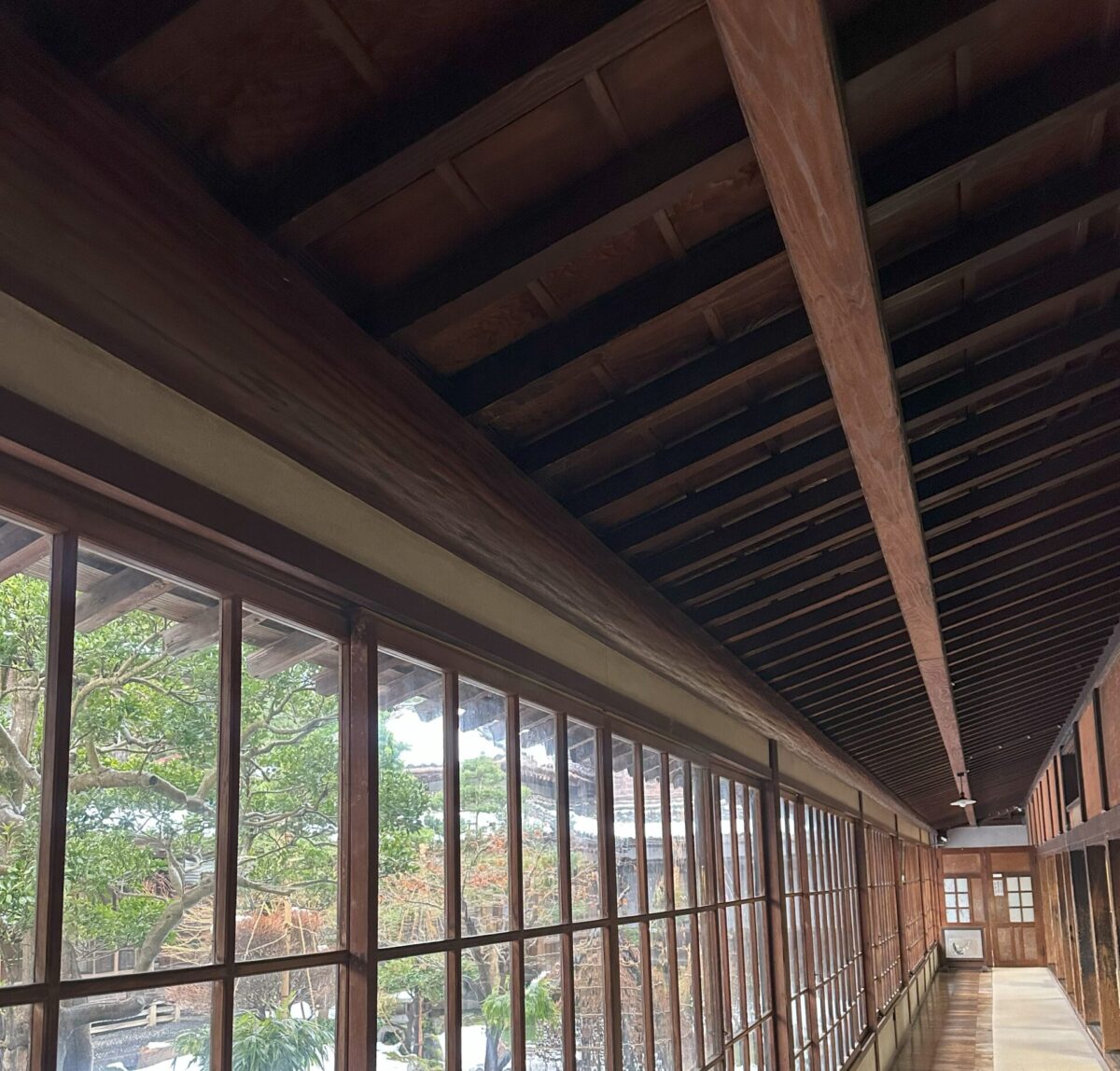
The museum is of course open to the general public, but you will be checking out parts of the facility that are normally closed off and only accessible by staff and special guests. As you walk in, you will immediately feel the history and calm atmosphere of this traditional building. The buildings were made very sturdy and therefore have withstood numerous natural disasters over the years. That being said, almost everything is still in its original state, such as the irori (sunken hearth), massive kitchen area, wood used to construct the building, and the beautiful garden.

As you stroll through the museum, you will see priceless antique pottery, paintings, and other features of a traditional Japanese house. You will then make your way to a big open tatami room that is used as a banquet hall, where you will have a magnificent view of the stunning Japanese garden. The landscaper was involved in the restoration of the famous Ginkakuji Temple’s garden in Kyoto. It took him 5 years to construct the garden at the museum, as it was carefully designed so that there is a different yet beautiful view from every room in the building. What’s amazing is that the widow of the 8th head of the house is in her 90’s but actually still lives in the building.
3 Person Mochi Pounding Demonstration and Experience

One of the highlights of the tour is the mochi pounding demonstration and experience. For those who haven’t heard of mochi pounding, or mochitsuki in Japanese, it is normally a traditional event done in preparation for the New Year in which two people pound rice until it turns into a doughy cake called mochi. Almost everywhere in Japan mochitsuki is done with 2 people pounding and one person adjusting the rice after each hit. However, here at the museum they have 3 people pounding the rice and no one adjusting it! This is something extremely rare in Japan, making for a truly memorable demonstration.
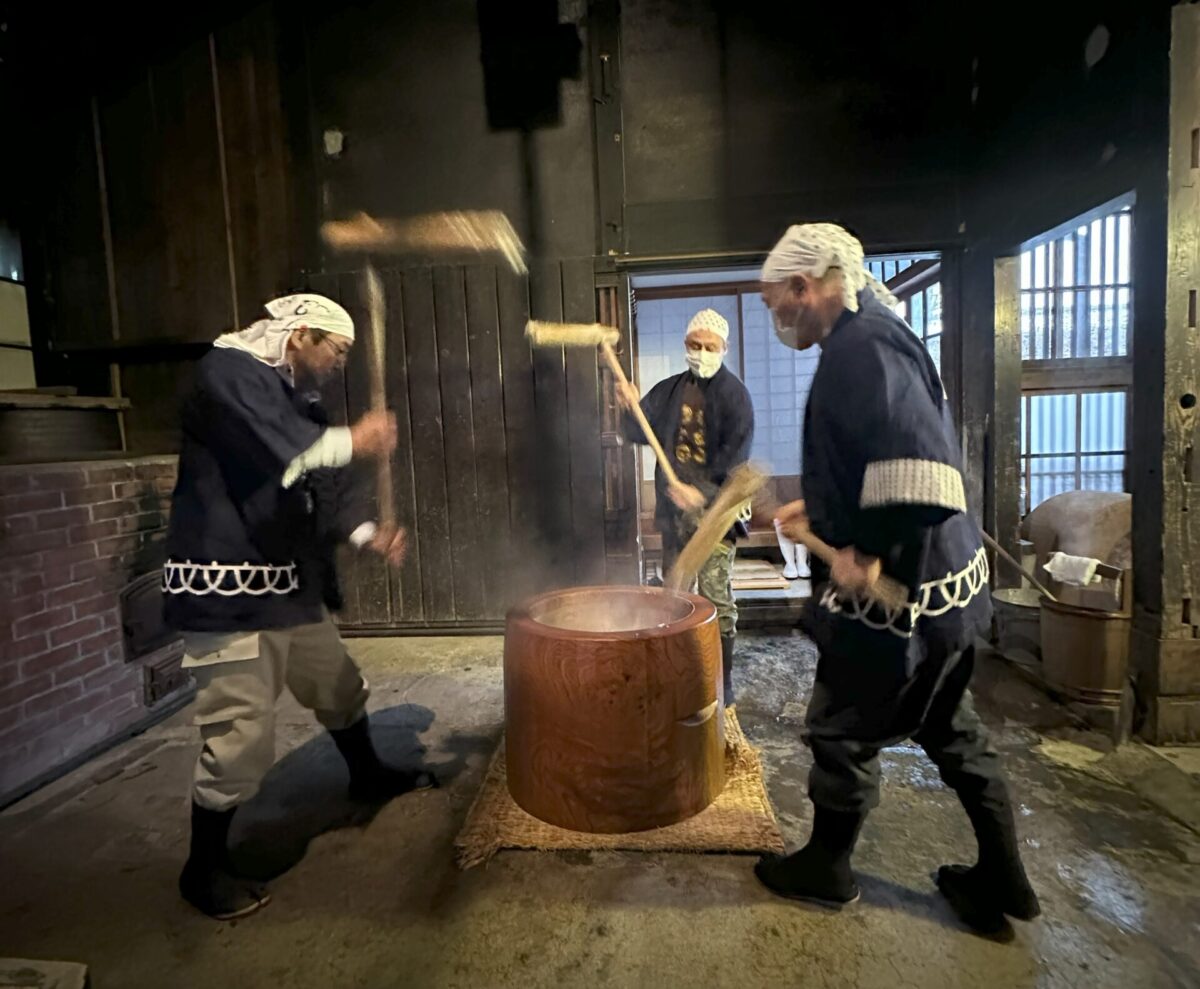
First, a big portion of cooked Niigata rice is put into the barrel and squashed with big wooden mallets. Then the 3 men pound the rice in sequence for a solid 20-30 minutes until it turns into a nice sticky rice cake. Once it is pretty much finished, you will get to try your hand at it yourself. After pounding the sticky mochi with the heavy mallets you will realize how tiring the job is, and how much strength and stamina is required to make the final product. This traditional and important piece of Japanese culture is something not many people get to try, and it will surely make for a long lasting memory.
Sanrakutei: One of a kind Triangle Shaped Building
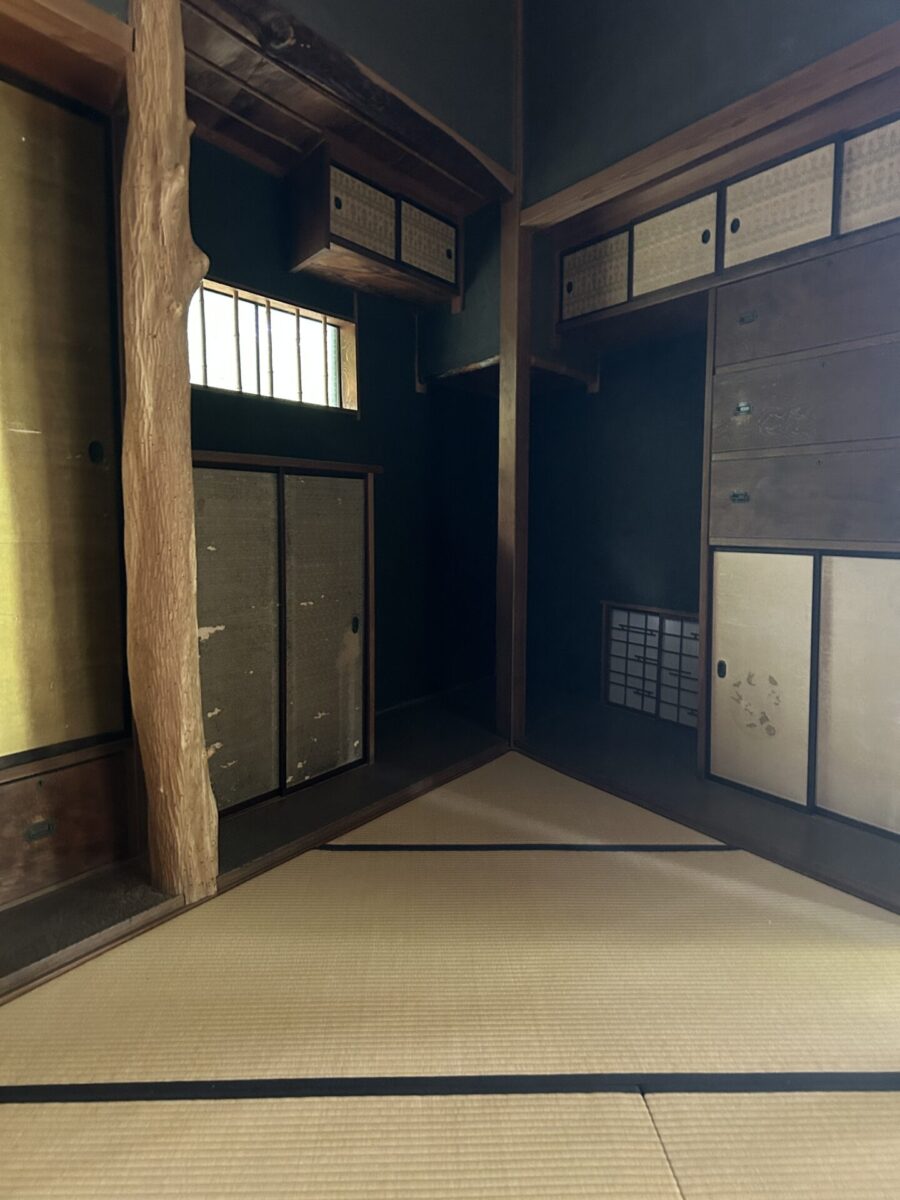
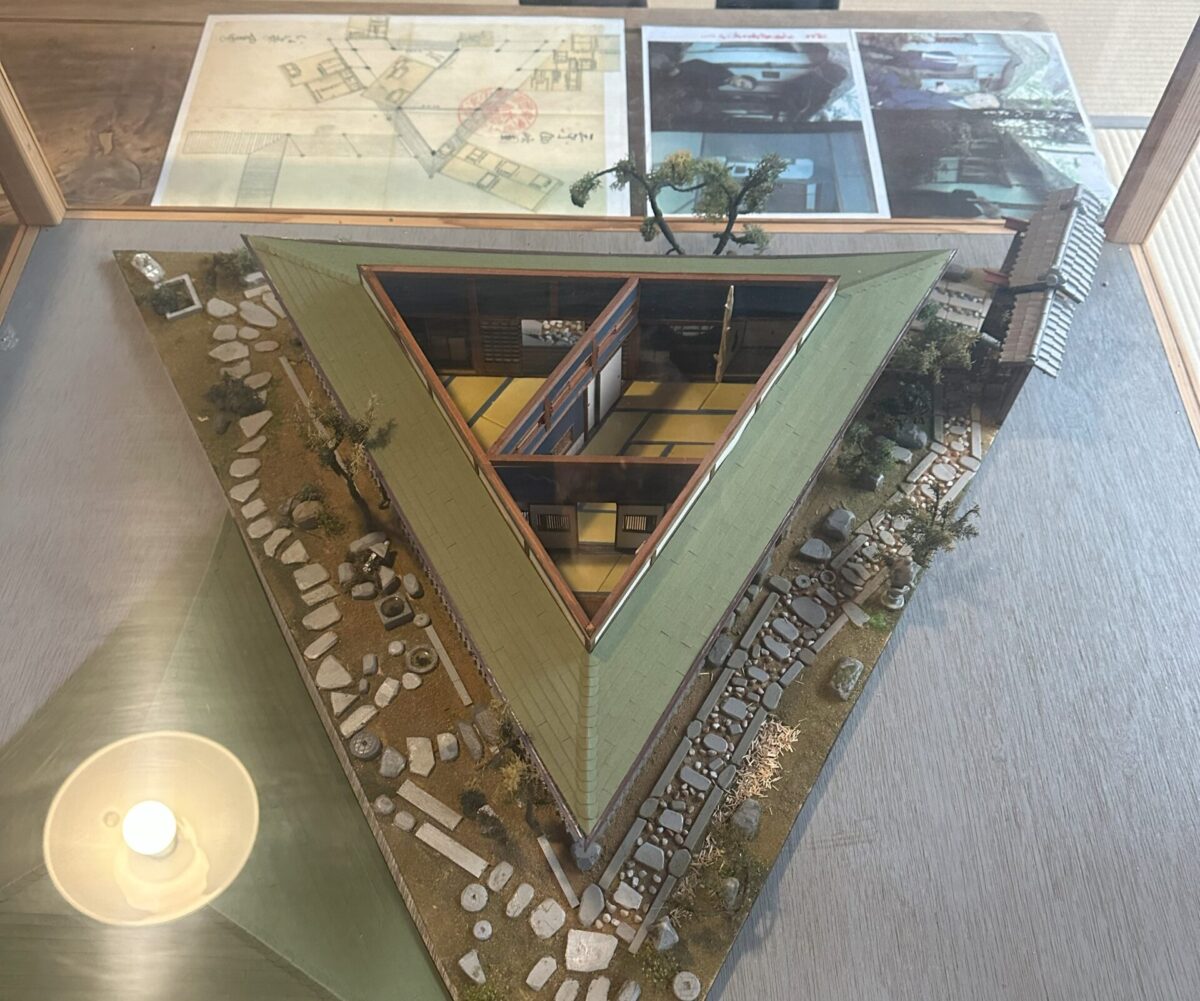
Next you’ll make your way to one of the most unique buildings in all of Japan. Sanrakutei is a one of a kind triangle-shaped building that is used as a study and tea house to entertain guests. Designed by the 6th head of the house when he was 21, the whole building is an equilateral triangle, consisting of two triangle-shaped rooms and one diamond-shaped room. Fittingly, everything about the building continues the triangular theme; from the pillars to tatami mats, and even drawers among other things. Most likely because of the unusual architecture, people say that spending too much time in here can make you feel a bit strange, and for this reason the 6th head of the household had a single round window put in to bring you back to reality. It is currently the only triangular building in all of Japan.
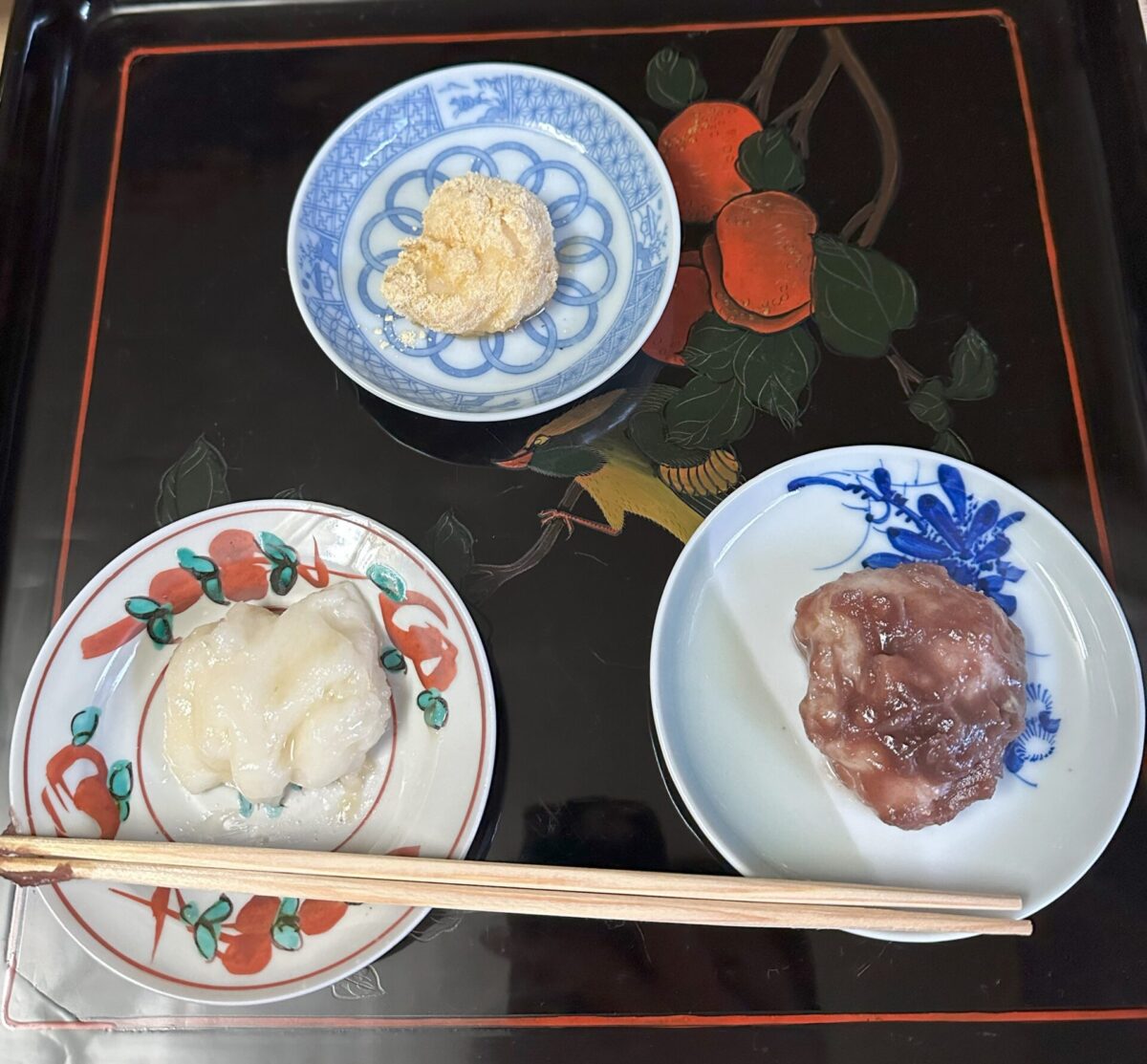
You didn’t think the mochi you made earlier would go to waste did you? Of course not, in Japan. Here in the Sanrakutei building you will be eating the mochi you just pounded along with some tea. The mochi will be prepared in three different ways: with red bean paste, kinako (roasted soybean flour), and plain with sugar. There’s nothing better than eating the delicious mochi that you made yourself.
Luxury Local Lunch
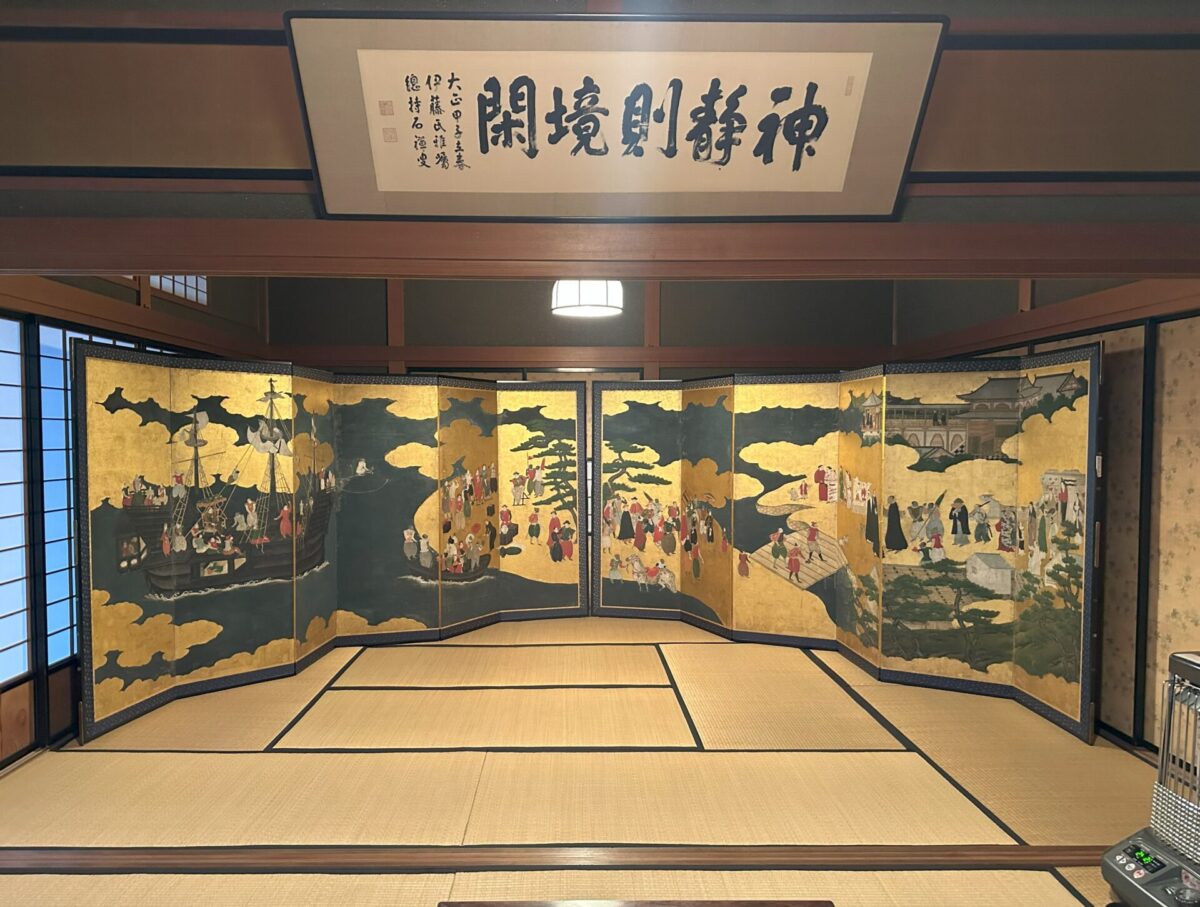
For a fitting finale to your tour of the Northern Culture Museum, you’ll be dining like royalty in a special tatami room that is normally off limits and is typically only used for esteemed guests. The room is very traditional and even has a rare folding screen with a beautiful picture on it that was imported to Japan by early European traders during the early part of the Edo period (1603-1868). There are only a few of these folding screens in all of Japan.
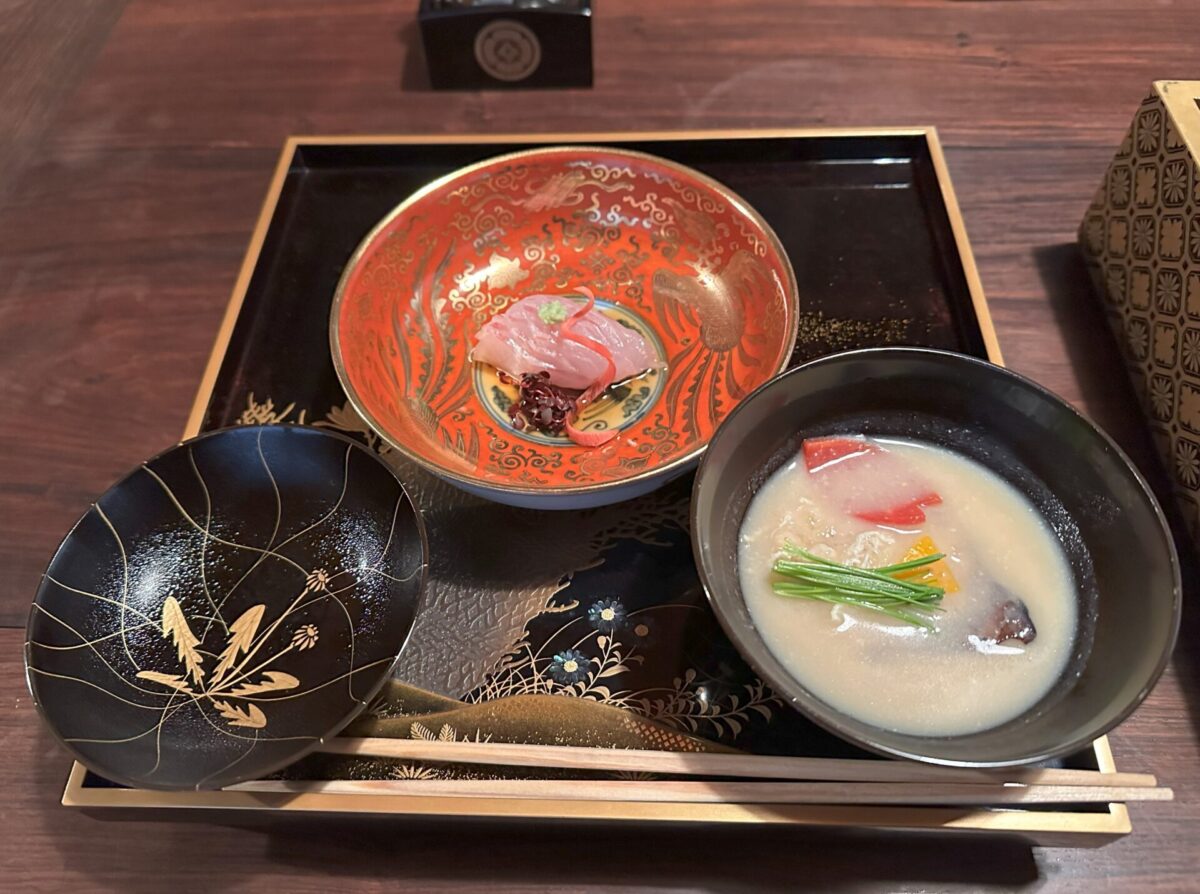
Lunch will be on par with a Michelin starred meal, cooked with special Niigata ingredients that are only available in season, and prepared in a sophisticated fashion following local cooking methods. You will be served locally sourced vegetables, freshly caught fish, delicious sake and Niigata rice, as well as seasonal fruit for dessert. What’s more is that the tableware you will be using and eating from is, you guessed it, very rare and valuable. This tableware and lacquerware is only used for important gatherings among the Ito family, or when VIP guests visit and dine here. Other than these occasions, the lacquerware is kept in the storehouse. Once your belly is full and you’ve seen everything that the museum has to offer, you’ll head back to Niigata Station to continue on to the next stop on your journey in Japan.
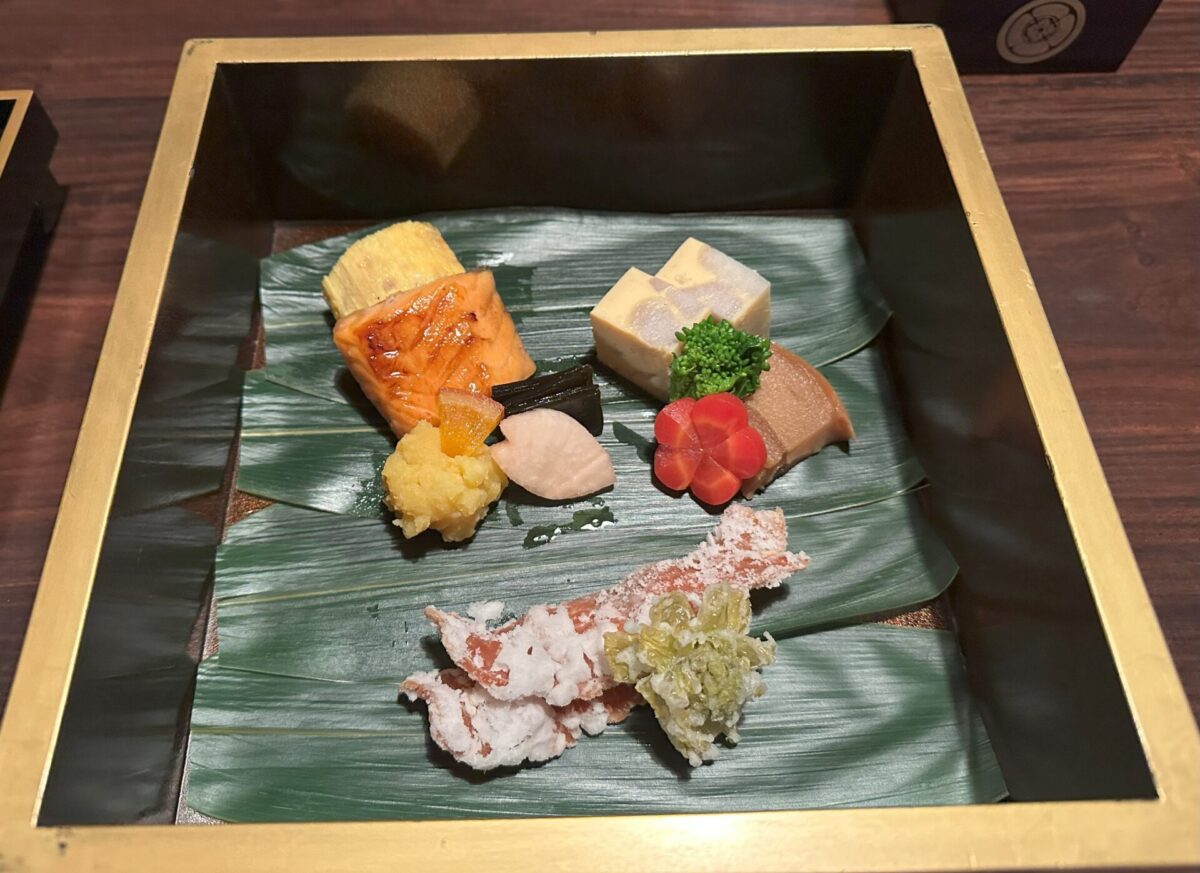
How to Book the Tour
This is not your everyday tour; it offers a truly off the beaten path experience in a less traveled part of Japan. Discover everything the area and museum has to offer alongside your trusty guide, Mr. Sato. For those interested in booking the tour, have a look at the link below!
Japan Wonder Travel Tours
Japan Wonder Travel is a travel agency that offers guided tours throughout Japan.
From private walking tours to delicious Food and Drink tours, we can help you organize the best tours just for you! If you want to explore Japan and learn more about the history and backstories of each area you are visiting, our knowledgeable and friendly English speaking guides will happily take you to the best spots!
In addition, we can provide you with any assistance you may need for your upcoming trip to Japan, so please feel free to contact us if you have any questions or need some help!
▶Tokyo Tsukiji Fish Market Food and Drink Tour
Explore the most lively and popular fish market in Tokyo and try some of the local’s favorite street foods and sake with one of our friendly and knowledgeable English speaking guides!

▶Tokyo 1–Day Highlights Private Walking Tour (8 Hours)
There’s no better way to explore an area than taking a tour with a knowledgeable local guide. You will have the chance to learn about the history and interesting background stories of Tokyo, as well as discover some hidden gems which can be hard to do without a guide.
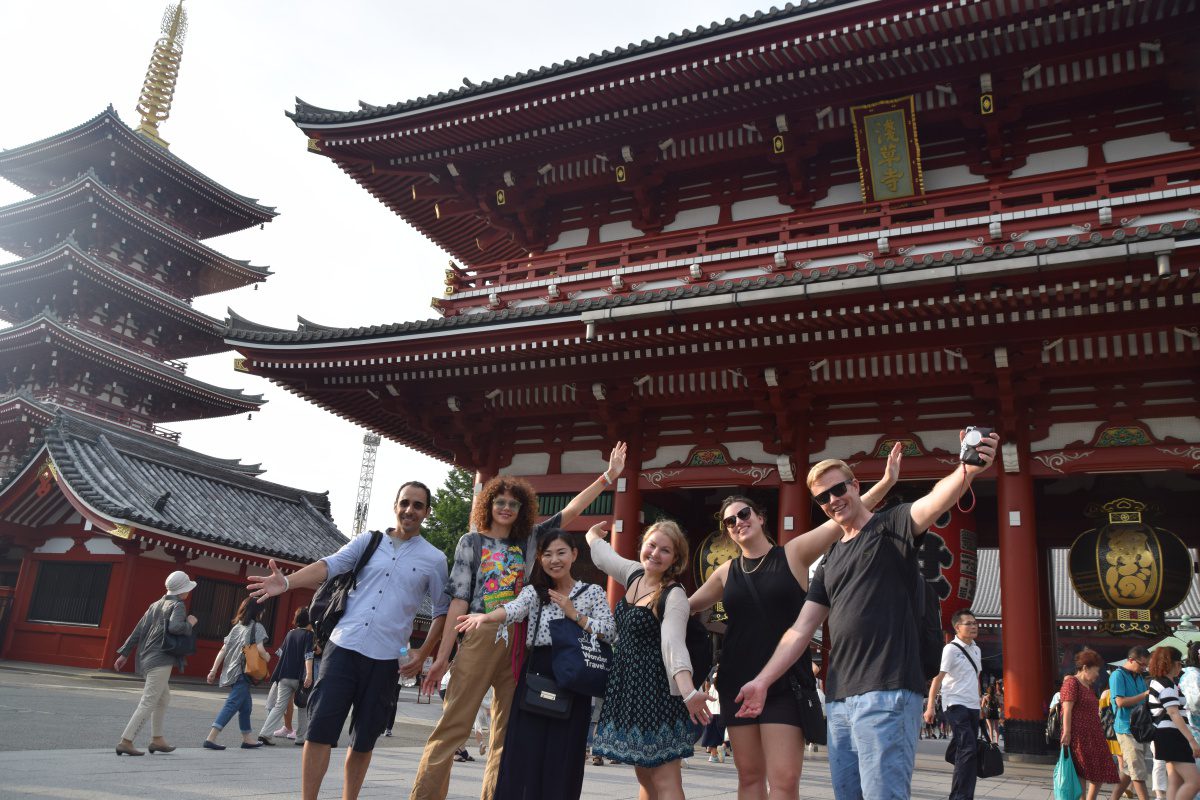
▶Mt. Fuji Day Trip Bus Tour from Tokyo
Experience the breathtaking views of Mt. Fuji by visiting the highlights of the area on our guided sightseeing bus tour! Departing from Shinjuku in central Tokyo, you can travel comfortably to all of the best spots in the area by bus.
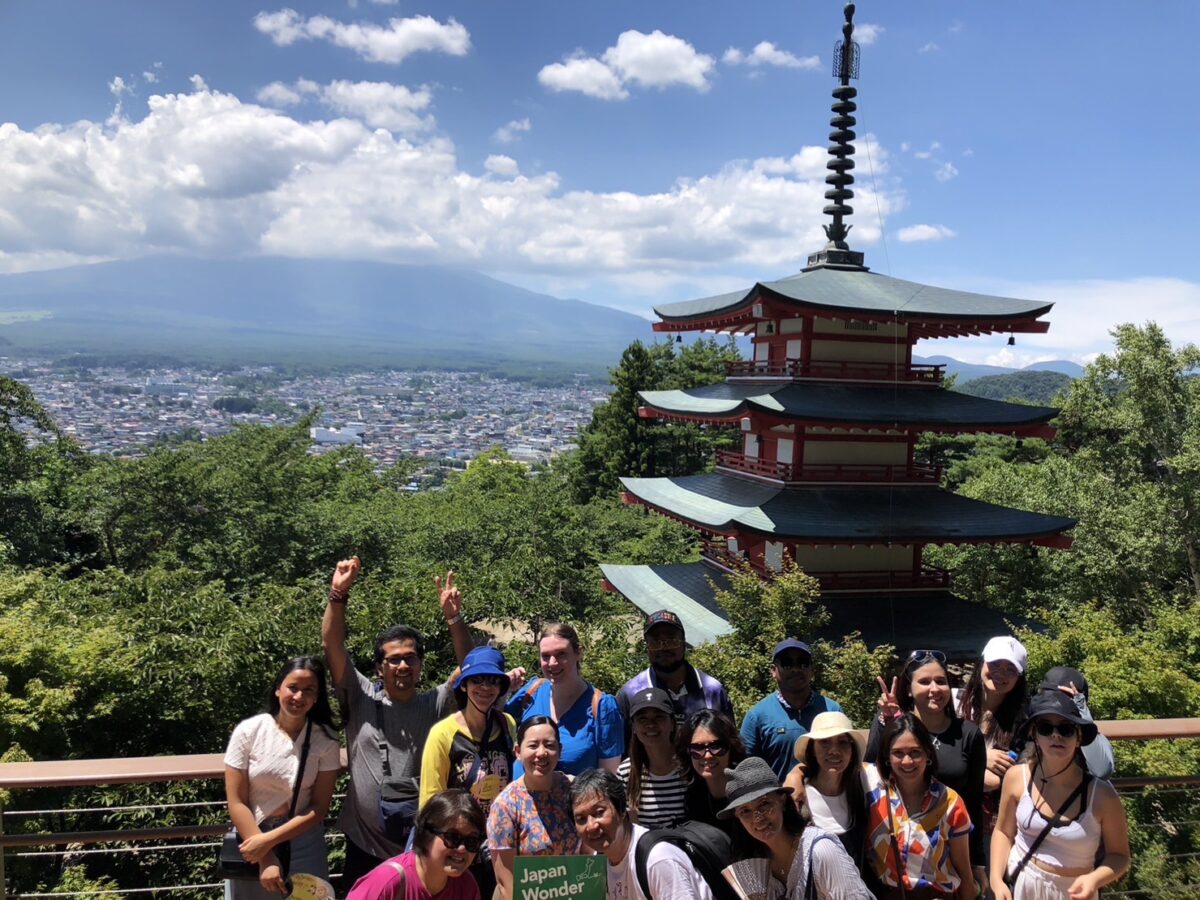
▶Kyoto Private Full Day Walking Tour
On this full-day private tour of Kyoto, you will be able to see the highlights of Kyoto in just one day and at the same time develop a deeper understanding of both the culture of the area and Japan as a whole.
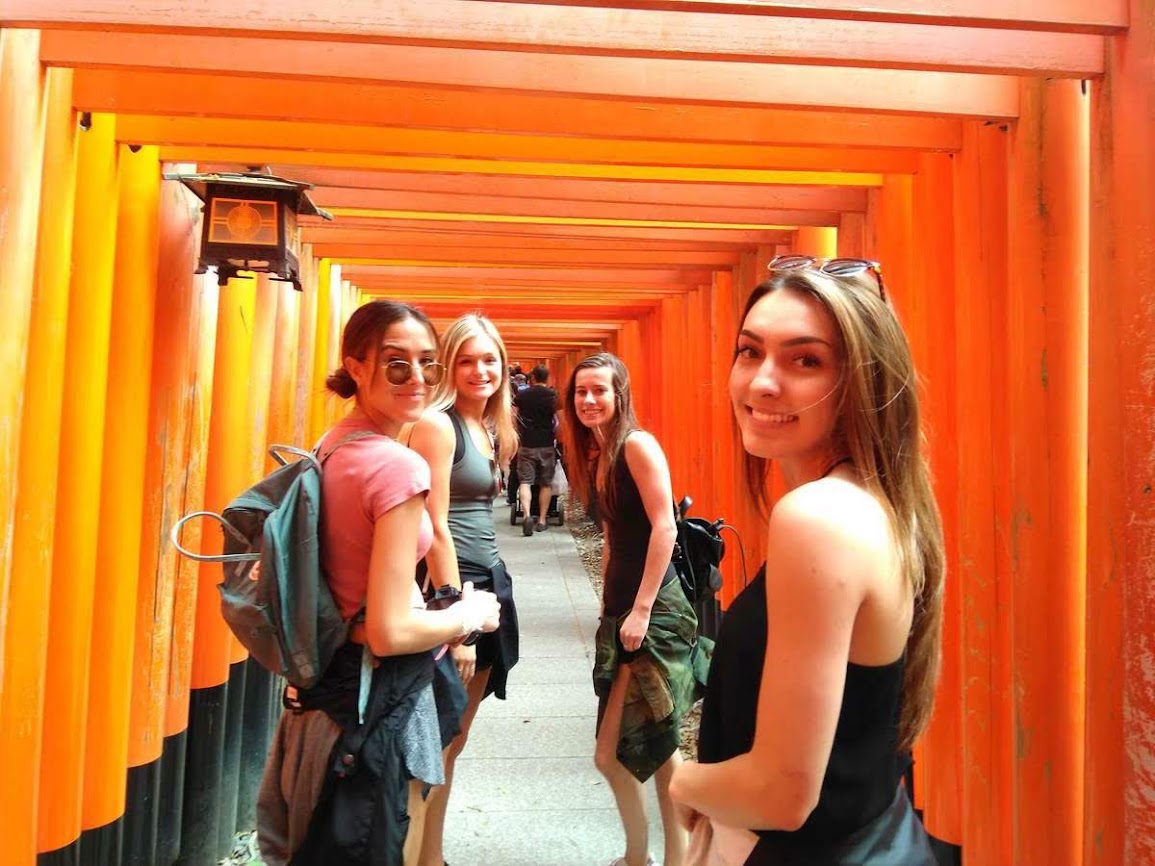
Follow us on Instagram, Facebook, Twitter, and TikTok for more travel inspiration. Or tag us to get featured!
Happy traveling!
Stay informed of the best travel tips to Japan, the most exciting things to do and see, and the top experiences to have with the Japan Wonder Travel Newsletter. Every week we will introduce you to our latest content.
